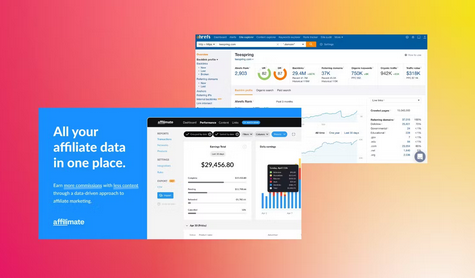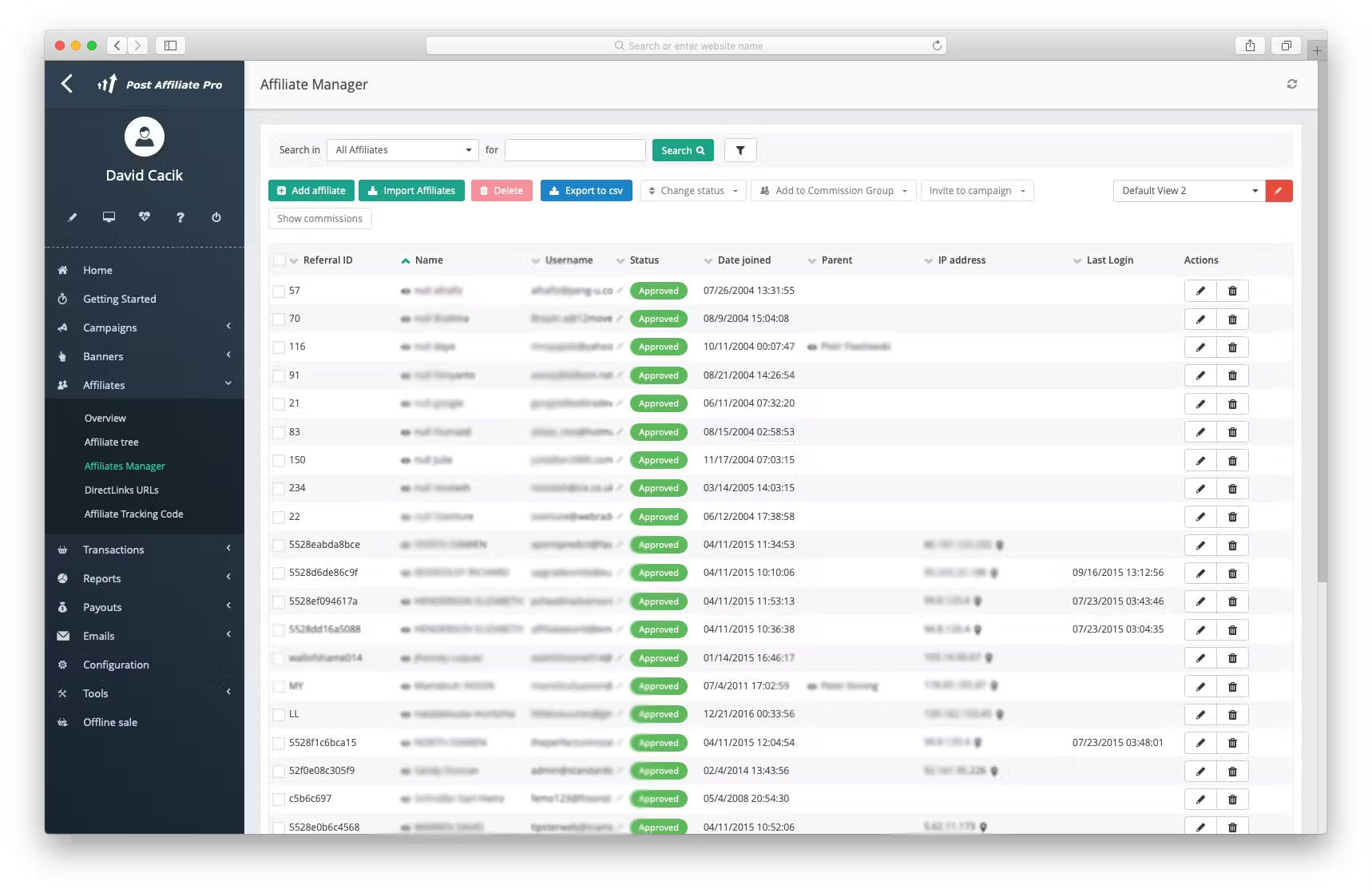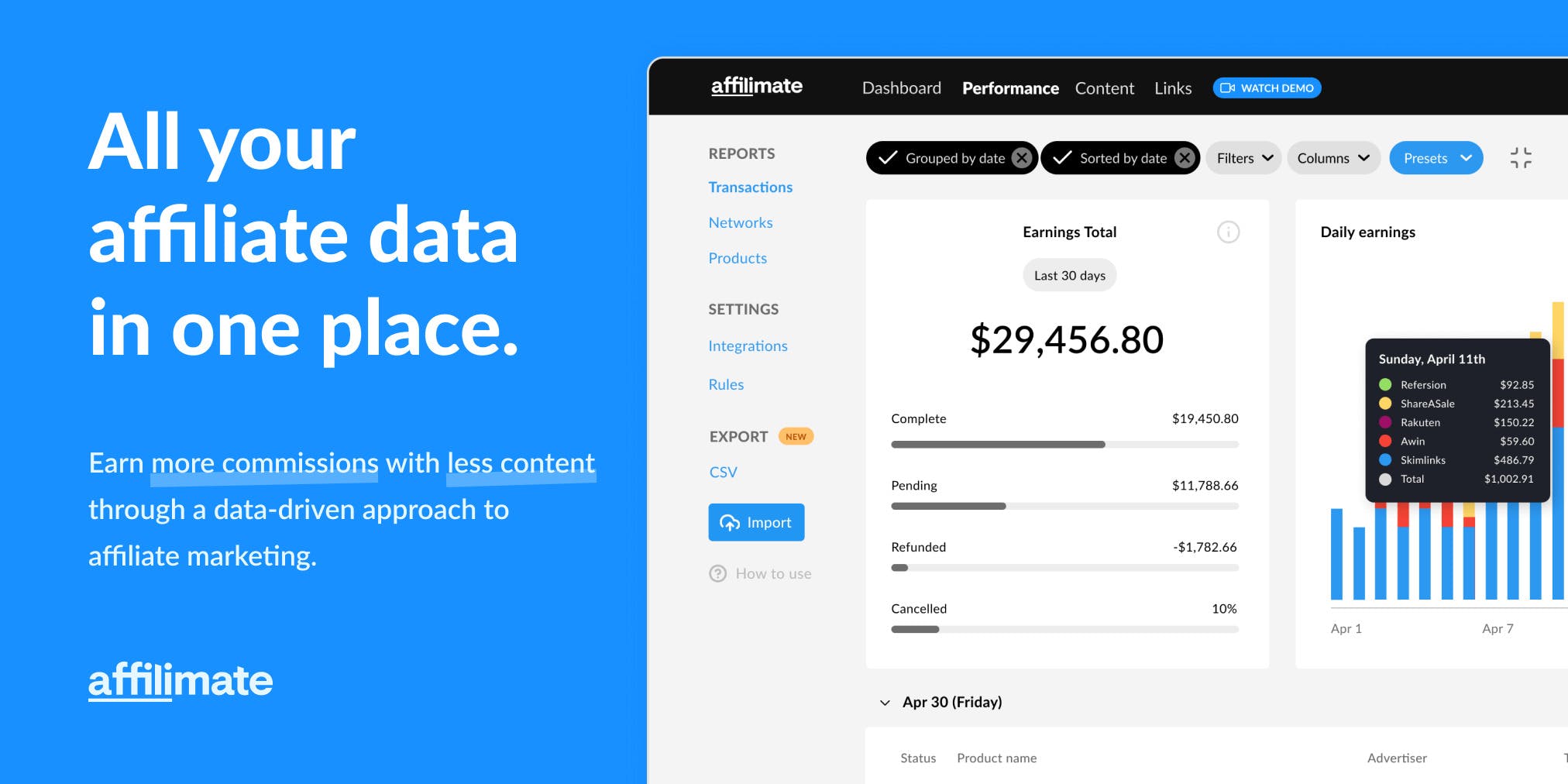Sourced from The Drum
Creators are eager to move beyond short-term, transactional deals and build enduring partnerships, says CreatorIQ’s research with Ipsos. Here are four ways brands can capitalize.
We know that brands want to include creators in their affiliate marketing programs. But stopping at affiliate-only engagements fails to leverage the full potential of creator marketing.
According to a recent survey CreatorIQ conducted with market research firm Ipsos, creators are eager to move beyond short-term, transactional deals and build enduring partnerships. That’s great news for brands.
The benefit of affiliate marketing programs for brands is clear: creators promoting products and services in return for a commission of sales is a low-risk, high-reward strategy. The problem is that too often, affiliate marketing deals focus too much on the short-term transactional nature of the relationship and miss the long-term opportunities.
Creators, meanwhile, want something more. They want a real relationship with the brands they work with, not just a transactional one. That means brands who treat their successful affiliate deals as the beginning of a fruitful creator relationship have the opportunity to build enduring, cooperative partnerships that will continue to deliver positive results for the long term.
How can brands build these enduring partnerships? Our research found four key takeaways brands should keep in mind.
1. Partner with creators who use and like your products
Creators prefer to promote brands they personally love, use, and believe in themselves, with “already using products in daily life” cited as a top consideration with 80% of creators surveyed.
Non-financial factors, like product quality and brand reputation, are more important to creators than commission rates and earning potential. In fact, 82% list “product quality and audience relevancy” as a top consideration for working with brands.
Remember most creators (and the ones you want to work with most) consider product quality as the most crucial factor when choosing whether to work with a brand in any kind of relationship, not just affiliate partnerships. That means there’s authentic brand affinity and alignment on values, style, and audience.
Takeaway
Before reaching out to creators with partnership offers, do your research first. Has the creator used or mentioned your product (or your competitors’) before? How closely does the creator’s audience match your target demographic? These are important details that you can find using creator marketing solutions like CreatorIQ.
2. Enable direct relationships
Creators want to work directly with the brands they use, not just given a product to sell. But traditional affiliate programs tend to more on transactions and less on support. That means there’s a need to establish clear lines of communication.
Among the biggest areas of support creators ask for are:
- Assistance in resolving payment issues – 36%
- Access to a dedicated affiliate manager – 35%
- Help resolving technical issues – 29%
Takeaway
Address the mundane nuts-and-bolts payment and support features of your creator program so they don’t cause frustration or eat up resources, freeing you up to focus on the important things like building relationships with your most important creator partners.
3. Provide product training and support
Creators are on the front lines, selling your products to their followers. In short, they’re sellers, so why not provide them with similar training and support as you do your sales staff? This means giving access to additional resources and content that will help them succeed.
This includes details like product education, training on your proven best practices, and a sneak peek at upcoming product launches so they can plan and strategize with more information at their fingertips.
Takeaway
Your creators are your sellers—treat them as such. Give them access to resources and content that will help them be successful in their role, such as product education, best practices training, and advance info about upcoming product drops and sales promotions.
4. Provide opportunities beyond affiliate
If a creator is successful in driving direct revenue through affiliate links, that’s a strong indication that they can contribute in other meaningful ways. Offer these creators additional partnership opportunities and unlock their full potential.
In fact, of those surveyed, 41% of creators said the biggest challenge with affiliate programs is the “lack of additional opportunities with the brand” they have affiliate partnerships with. Not far behind is an inability to evolve the brand relationship further.
Building trust and establishing an ongoing relationship with creators and their audience means moving past the initial engagement, and seeking opportunities for the long haul. One-and-done opportunities reduce creators’ ability to build trust with their audiences, which negatively impacts purchases. Authenticity is paramount to these creators—posting a couple of affiliate links and moving on comes across as disingenuous.
Takeaway
A creator who delivers affiliate sales is a creator with the potential to benefit your brand in other ways. Collaborate with them on new campaigns, new content, and even product development. If they want to work with you and have a proven ability to move the needle on lower-funnel results, there’s little downside in establishing a more direct relationship.
Conclusion
Combined, these findings indicate that brands should think of affiliate programs as a beginning, not an end, to creator partnerships. Our data shows that creator content simply performs better than traditional “ads”, so brands should be leveraging creators for things like sponsored posts, paid ads, product pages, and even in-store signage.
Ultimately, establishing direct relationships with creators and bringing them into the company fold — including such steps as product training, consultation, and other key support activities — is a far more sustainable and successful strategy.
When used to identify the highest-performing creators through proven performance, affiliate programs are really just the start of the relationship between brand and creators, which can evolve into a long-term, fruitful partnership.
For more details, download the free report Beyond Affiliate: Building Sustainable Creator Partnerships from CreatorIQ here.






















